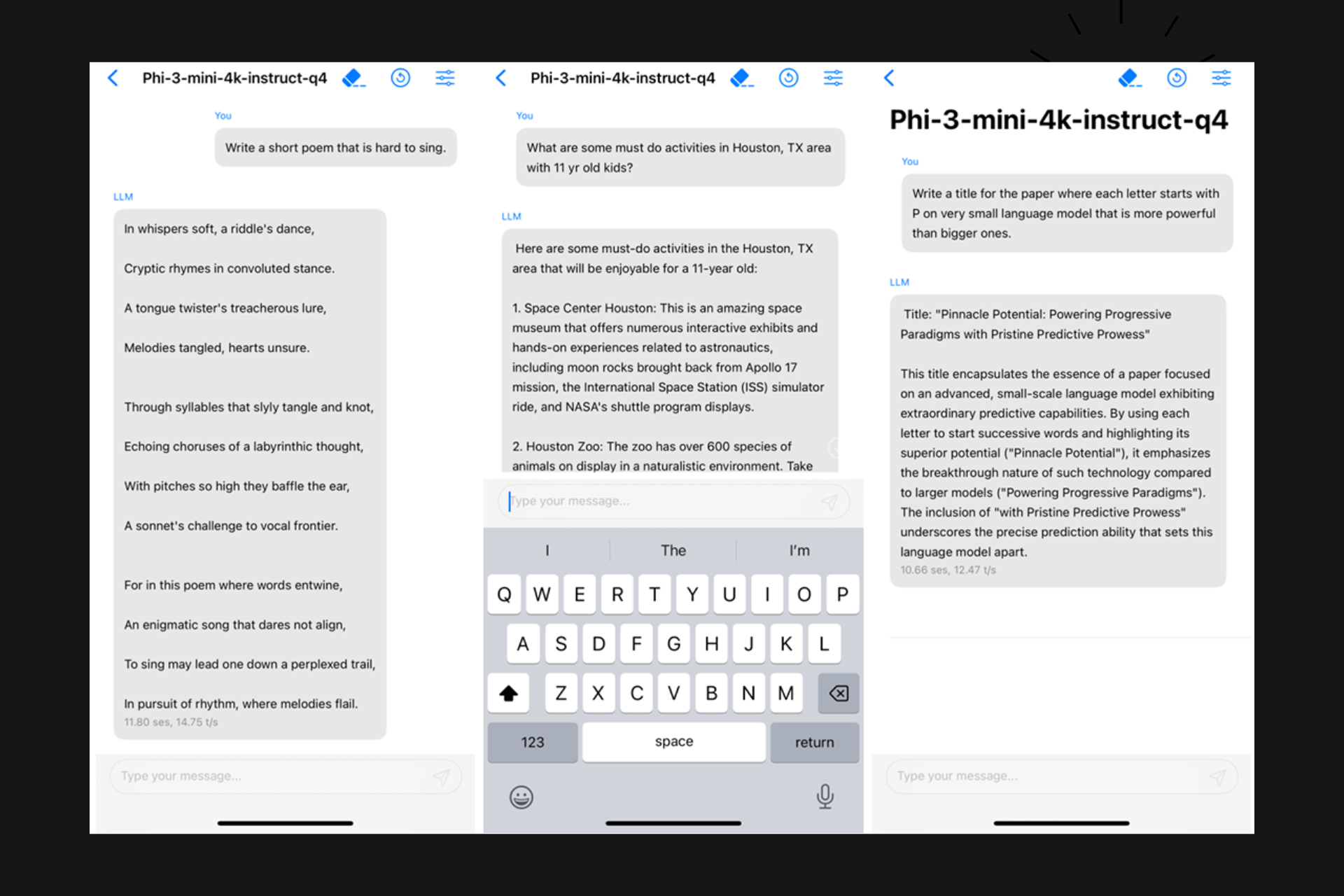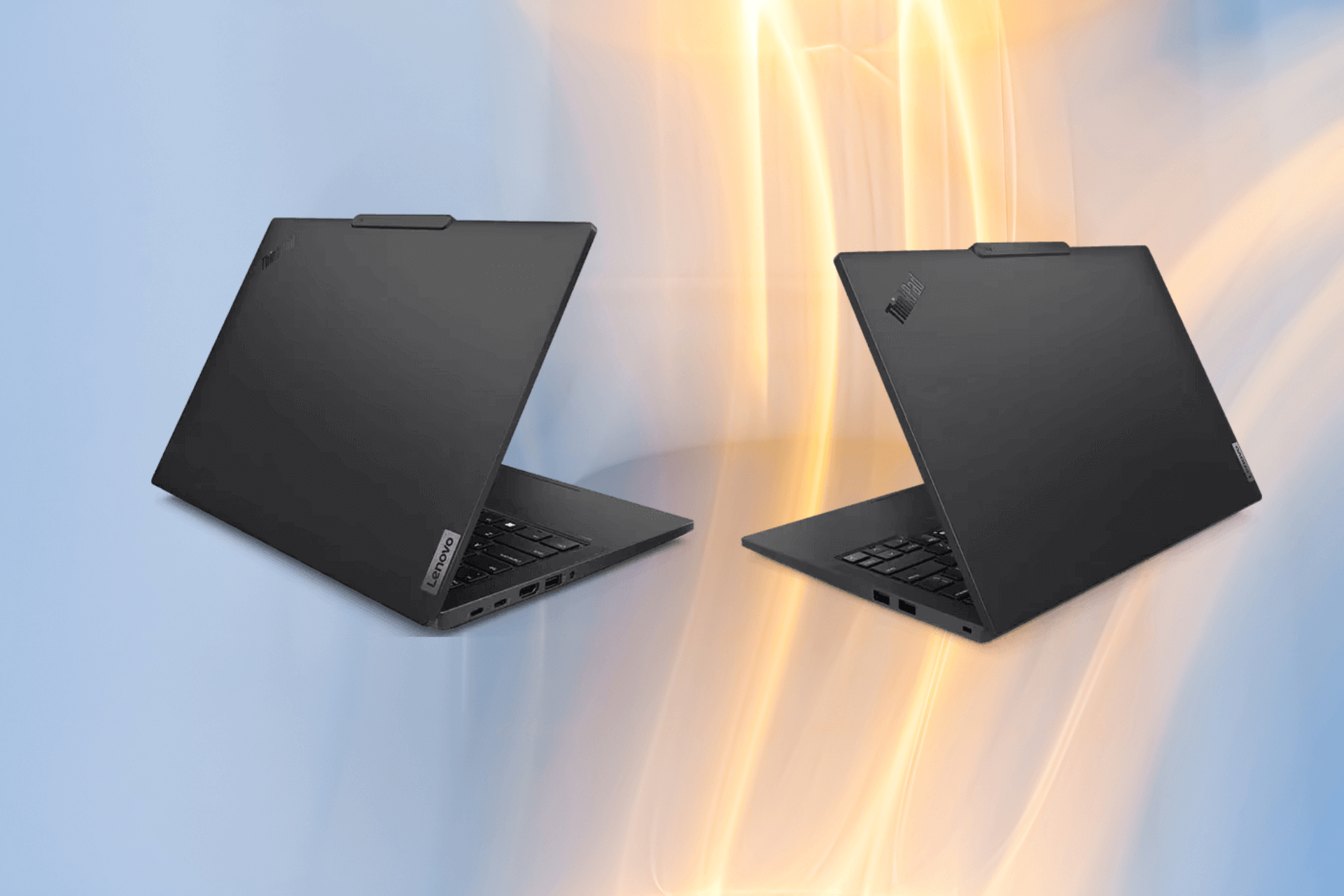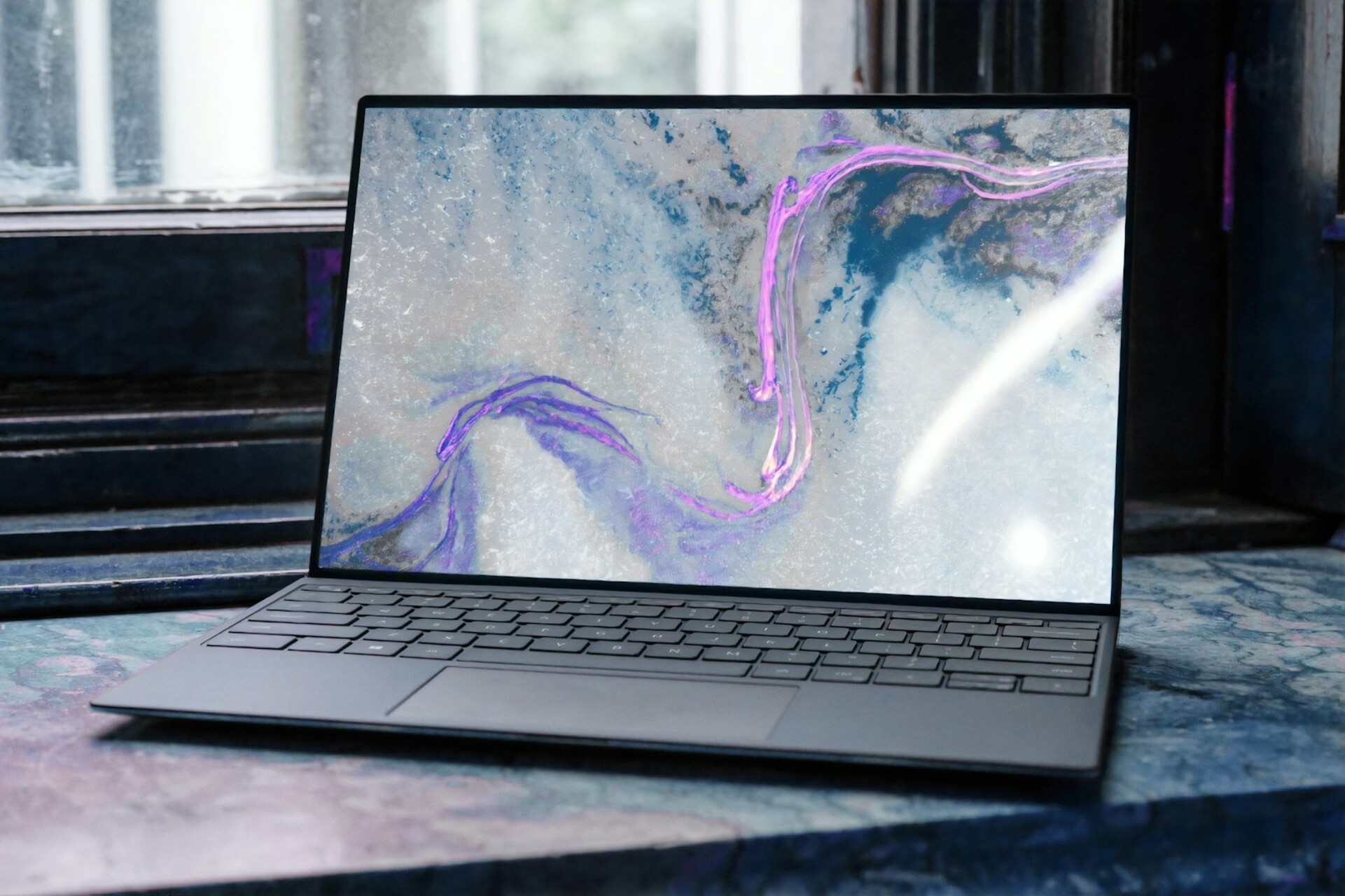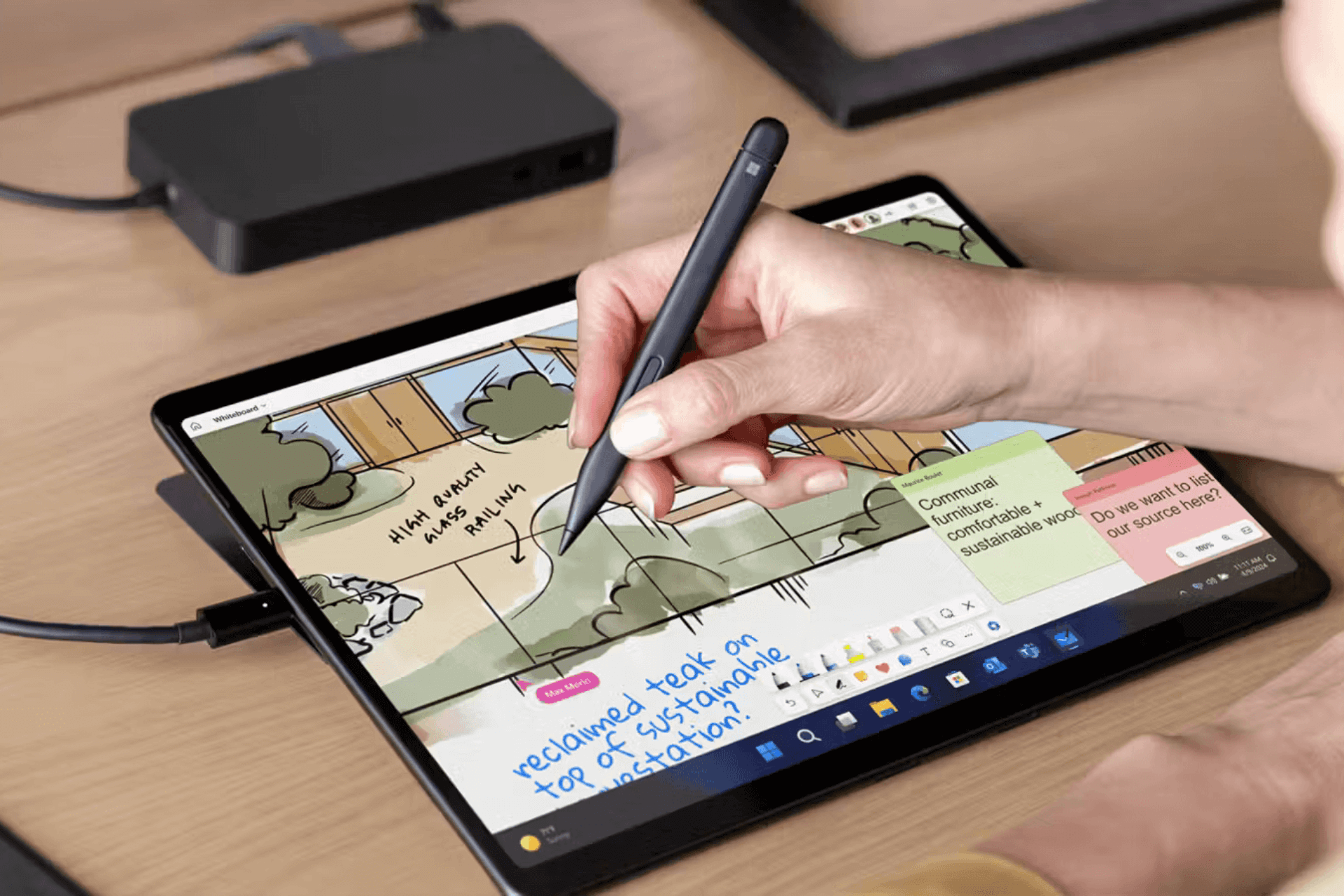CodeWeaver brings Windows x86 apps to Google's Chromebook
2 min. read
Published on
Read our disclosure page to find out how can you help Windows Report sustain the editorial team Read more
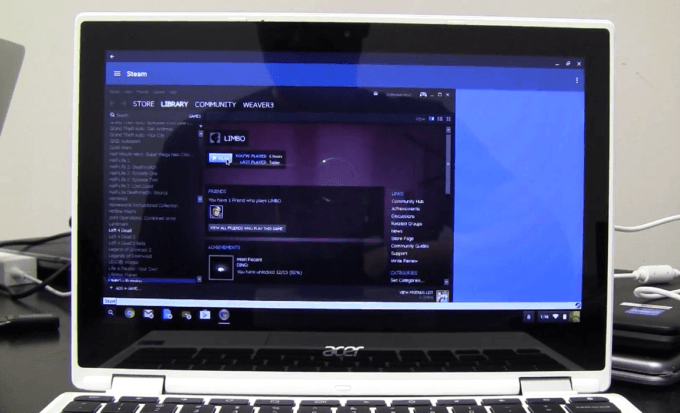
Microsoft is no longer aiming to have Android apps run on Windows 10, but that is not stopping others from attempting to run Windows apps on Android. We doubt the plan will work out well enough seeing as Android already has a strong ecosystem of apps, but it is still interesting nonetheless
The app in question is called CrossOver, but it is not yet available for download. However, the developer did show the app in action running on a Chromebook laptop. The developer, CodeWeavers, demoed the Steam client running smoothly on a Chromebook along with Limbo, a popular indie video game.
The app supports up to DirectX 9 for graphics and even support for keyboard and mouse inputs. The downside here is the fact that the app only supports devices with an x86 processor, which ultimately rules out every Android smartphone and tablet since they are powered by ARM.
What matters right now is that most Chromebooks are powered by Intel processors. As the search giant, Google, continues to roll the Play Store out for these devices, we expect to see a rise in Chromebook sales and the usage of apps such as CrossOver.
We can’t help but feel that not every x86 app will run perfectly on a Chromebook through CrossOver, but that shouldn’t matter to those who want to use their favorite Windows apps on Android.
Time will tell if Microsoft will change its tune and move back to having Android apps run on its Windows 10 platform. At this point, any chance of that happening is impossible, but we can still hope for a change in the future.
While fans of the Windows 10 platform might not be getting Android apps, developers can easily port their Apple iOS apps to the platform at any time. The new Facebook Messenger app is clearly a port from iOS, and we expect many more developers to go down this route.
Check out the video below to see the whole thing in action for the first time in a public setting.
RELATED STORIES YOU NEED TO CHECK OUT:




